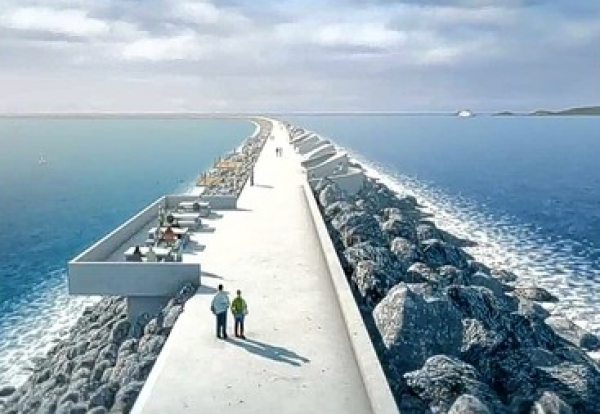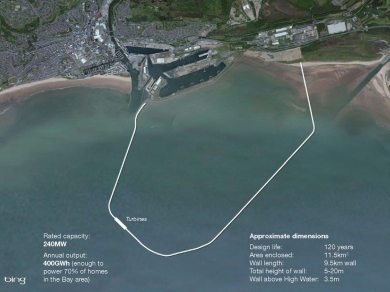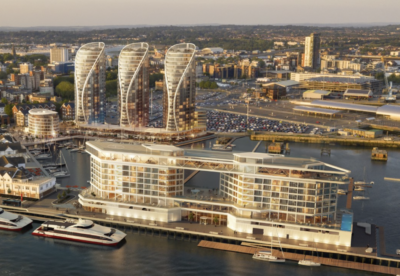Tidal Lagoon Swansea Bay aims to build the six mile long U-shaped seawall, which will run from Swansea docks to near Swansea University’s new Fabian Way campus.
The project promoters have already signed up a team of Costain, Atkins, and Van Oord to design, build and deliver the scheme, which would take two years to build and create 1,850 construction jobs.
They aim to source at least 65% of content in the UK, kick-starting a new manufacturing industry and future export market.
After three years of feasibility work and impact assessments, TLP submitted its 5,000-page application for a development consent order.
Swansea Bay Tidal Lagoon project, which would be the largest tidal power plant in the world, will now be reviewed by the Planning Inspectorate before public examination.
Mark Shorrock, CEO of Tidal Lagoon Power, said that the submission of the application marks a turning point in the development of the UK’s tidal resource.
“Until now, tidal energy has been heavily promoted by governments and environmentalists as an intuitive source of clean and reliable energy for our island nation, but the business response has focused on relatively small-scale tidal stream devices.
“The UK has the second highest tidal range in the world and today we are submitting an application for a development that will prove that this resource can be harnessed in a way that makes economic, environmental and social sense.”
He added: “Our intention is to supply 10% of the UK’s domestic electricity by building at least five full-scale tidal lagoons in UK waters by 2023, before the UK sees any generation from new nuclear.
He said that economies of scale bring immediate advantage.
“A second lagoon will require a lower level of support than offshore wind, for a renewable power supply that is both long-lived and certain. A third lagoon will be competitive with the support received by new nuclear, but comes without the decommissioning costs and safety concerns.”














































.png)






.gif)
 MPU 300_250px.gif)

